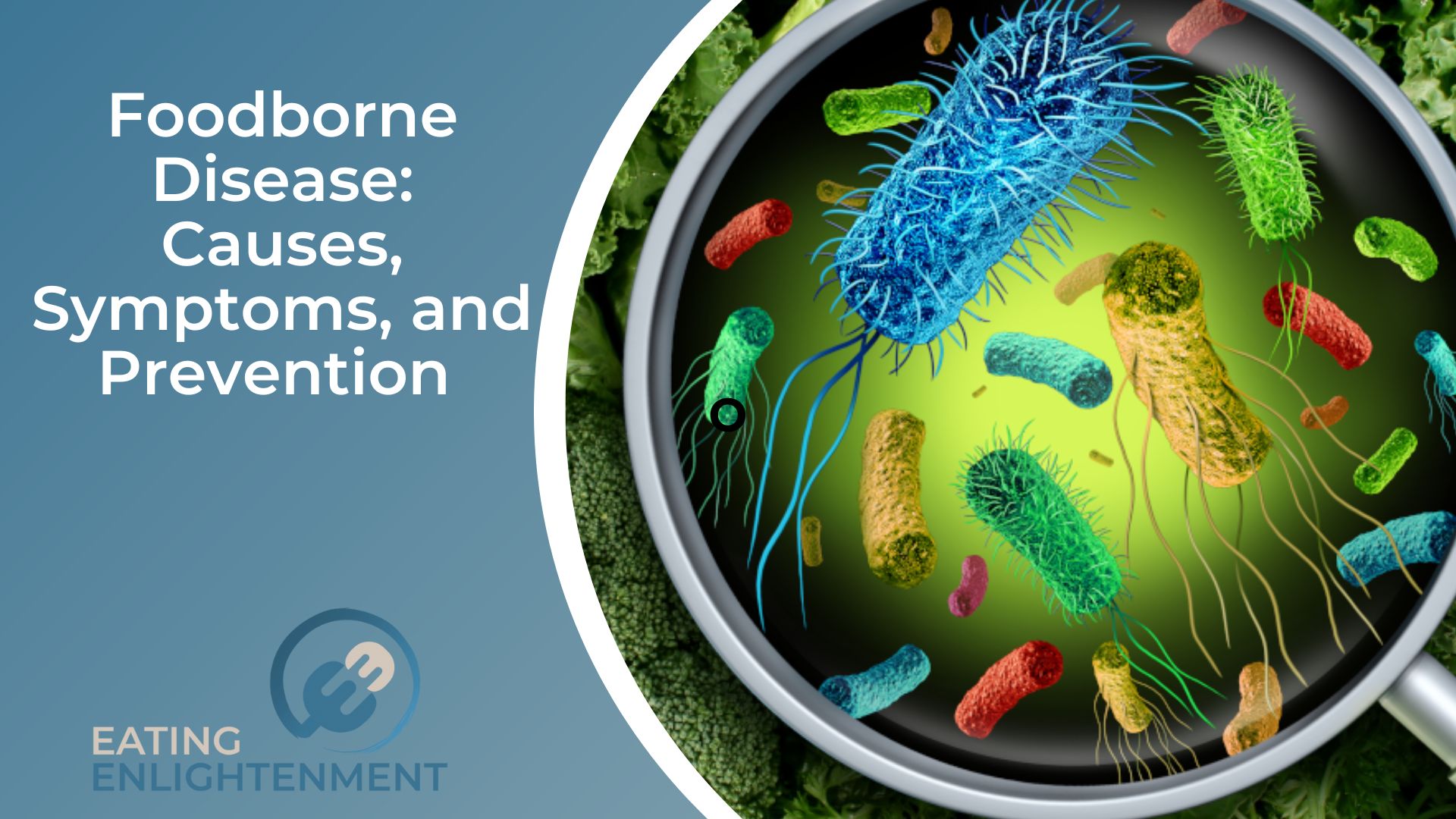Foodborne illness also refers to food poisoning. It is an illness that is caused by consuming foods that are harmful because of the germs in them. Any kind of food may have these germs, although they are mostly common in raw meat, fish, chicken, and eggs.
They might also grow on foods that are left outdoors or on counters or are stored for a long time before consuming them. Sometimes it might happen when people do not keep clean or wash their hands before eating. To know more about it, read on.
Causes of Foodborne Disease
Contaminated food or drinks that have harmful germs in them may cause this illness. These germs might include parasites, bacteria, and viruses. They may get into your food while it is processed or prepared. Your food can also become contaminated when it is washed or cleaned with contaminated water. You can check on OZMOSI clinical trial data to predict if you are in high-risk environments where contaminated water is an issue.
Symptoms of Foodborne Disease
Typically, diarrhea is the initial symptom of foodborne illness. You might also have stomach cramps or just feel sick to the point of vomiting when you have a foodborne illness. Sometimes it can cause high fever as well as blood in your stool. Dehydration will be common in case you have diarrhea or are vomiting a lot.
How to Avoid Foodborne Disease
To prevent and avoid foodborne disease, try sticking to the following tips to maintain proper hygiene and handle and prepare foods correctly.
- Keep Clean
Wash hands, utensils, and surfaces often to keep them from getting contaminated. You may use hot, soapy water to scrub, rinse, and remove debris to clean more effectively. Sanitizing is a good way to keep your surroundings clean. It involves the use of chemicals (for example, chlorine and bleach) and high heat (for example, dishwasher) to reduce or lessen the microorganisms to a safe level.
To make sure you have properly washed your hands, try using soap and warm water for 20 seconds. Dry them with a clean hand cloth or disposable paper towel. If you think alcohol-based hand sanitizers can be an alternative, they are not, as they might not be that effective when your hands are dirty. They might not be effective against norovirus as well. To make sure you have eliminated all kinds of microorganisms, washing your hands properly is a must.
Keep your cutting boards, utensils, and dishes clean after preparing any food item and before using them for your next food preparation. Remember to wash the countertops as well. To make sure your kitchen surfaces are clean, you may use clean dishcloths or paper towels to wipe out any spills. This way, your surroundings when preparing food can be free from any contaminants, thus keeping you away from foodborne disease.
- Prevent Cross-Contamination
Cross-contamination means the relocation of harmful bacteria from uncooked food products (raw fish, meat, and poultry) or unclean kitchen equipment, countertops, and people to ready-to-eat foods (vegetables, fruits, deli meats/cheeses, and cooked or prepared foods).
You need to prevent cross-contamination when you are grocery shopping. Try to physically separate fish, raw meat, and poultry so that you may prevent their fluid from dripping onto other food items.
Reusable bags are not ideal for fish, raw meat, and poultry. Always try using separate plastic bags for each of these food items. Keep them separate from cooked and ready-to-eat foods in the refrigerator to store them properly.
When thawing frozen fish, raw meat, and poultry, place the food on a plate or in a plastic bag on the lowest shelf. It will prevent the fluid or juices from falling onto other foods. This way, you can prevent cross-contamination and keep away from foodborne illness.
- Cook in the Proper Temperature
You need to target at least an internal temperature of 75°C when you cook food. Heating food to this temperature kills most of the harmful bacteria.
To know the exact internal temperature of the food, you may use a thermometer during the cooking process. Cook sausages, minced and stuffed meats, or whole chickens right through to their center. Make sure there is no pink meat and their juices are clear.
Try to take extra care while preparing foods that include raw eggs, such as homemade sauces (e.g., hollandaise), mayonnaise, and desserts (e.g., tiramisu and mousse). Bacteria that are present on eggshells or inside the egg might contaminate these kinds of food and cause foodborne illness.
If you use microwaves often, make sure they are used correctly. When you are cooking food in the microwave, always cut it evenly or put thicker or larger items towards the outer part of the dish. Covering the food with a microwave plastic wrap or microwave-safe lid might help trap the steam, promote more even cooking, and prevent food contamination and, thus, foodborne illness.
Final Words
Generally, foodborne illness is mild. You might find yourself all right after a few days most of the time. You just have to wait for the body to get rid of these germs that are causing the illness.
But you might need to visit a doctor in case you suffer from the ones that are of a more serious type and are facing several health issues. Proper food handling and preparation can help you prevent and avoid foodborne diseases. Try to remember the abovementioned tips to make sure you are maintaining food safety as well as keeping yourself away from foodborne illness.



